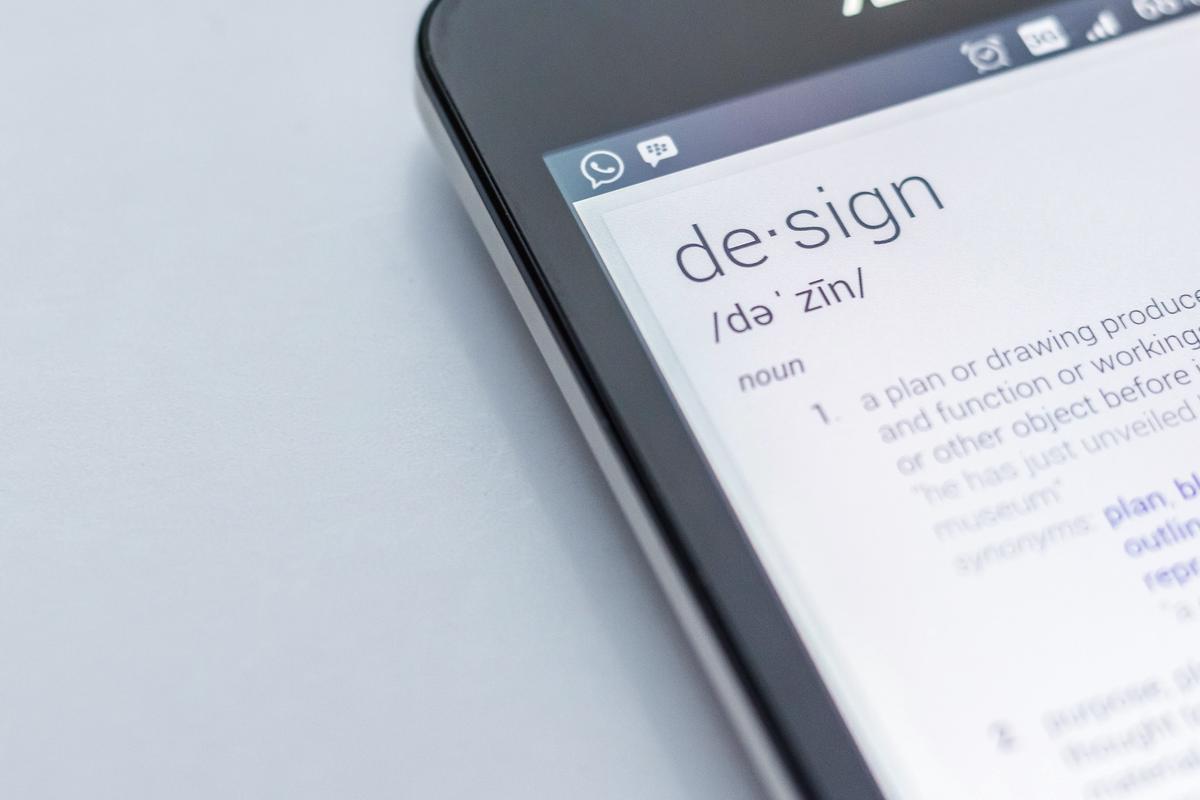In today’s fast-paced world, finding an equilibrium between work and personal life is a daunting challenge, an absolute necessity rather than an optional amenity. The importance of this balance is intricately woven through our lives, not merely as a way to divide our time in equal halves but as a comprehensive approach towards enhancing quality of life. This implies a deeply personal perspective, with the definition of balance varying from one individual to another, rooted in their roles, responsibilities, and personal aspirations. The essence of work-life balance also pervades the realm of entrepreneurship, holding substantial consequences for the success of a business.
Table of Contents
Understanding the Concept of Work-Life Balance
Achieving a truly lasting work-life balance is not merely a notion; it’s a smarter way of living that invariably spurs productivity, fosters innovation, and generally cultivates a healthy work and personal environment. Through a more balanced lifestyle, business executives, entrepreneurs, and teams can invariably optimize their performance while ensuring personal health and happiness. However, the real conundrum arises when attempting to define what a genuinely effective work-life balance entails.
The justification of forgetting leisure while drowning in the sea of work or vice versa reflects neither progress nor efficiency. To clarify, a harmonious work-life balance doesn’t mean an even split between work and personal life. Instead, it’s about aligning the professional, personal, and social facets of life to foster growth and harmony.
Utilizing the right technology is being recognized as a catalyst in achieving work-life balance these days. With the advent of remote work culture, it’s no longer obligatory to be physically present in an office cubicle to get things done. Cloud-based applications and project management tools prove essential for both individual and team productivity, allowing flexibility in where and when work gets done.
Even more paramount than reaching for the right tools is cultivating the right mindset. One should elicit a clear understanding of what constitutes success in their personal and professional life. Is it monetary gain, leadership status, creative fulfillment, or simple happiness? Defining these parameters plays an crucial role in achieving that balance. It’s about mapping the life landscape, setting boundaries, identifying priorities, and most importantly, sticking to these determinants.
Besides, achieving a work-life balance doesn’t necessarily imply depletion of all work-related stressors. Rather, it’s more about managing stress effectively. Regular physical activity, healthy eating, and adequate rest serve as stress antidotes that boost productivity.
Another significant industry trend advocates that businesses should embrace flexible work policies and support employee’s pursuit of work-life balance – a profitable move for both employees and the company. Research indicates that companies that promote work-life balance tend to have higher employee satisfaction, reduced turnover, and enhanced productivity.
In conclusion, achieving an effective work-life balance is not a one-size-fits-all scenario. It’s more of a personal journey that relies on several factors like career goals, personal aspirations, and lifestyle choices. Despite this variability, one thing remains constant: It’s about creating an equilibrium that fosters personal happiness and professional success simultaneously. After all, happiness is not the mere absence of conflict, but the ability to cope with it.

Photo by edhoradic on Unsplash
Identifying the Consequences of Poor Work-Life Balance
Striking the Work-Life Balance: Derived Consequences and Pervasive Impact
Just as an unbalanced scale topples over, an unchecked work-life balance can bring about devastating effects on both personal life and business performance. Delving deeper into the intricate effects, one uncovers an ecosystem where personal happiness, professional success, and overall societal wellbeing are intertwined.
In the personal realm, the pinnacle of the iceberg manifests as fatigue and burnout. While these can be physically debilitating, the undercurrents run deeper. Relationships strain under the weight of neglected commitments, fostering discontentment and alienation. The emotional toll this exerts exacerbates stress levels, contributing to an unsettling cocktail of anxiety and depression, with potential long-term mental health effects.
Beneath the surface, physical implications lurk. Overwork catalyzes detrimental health habits: poor diet, lack of exercise, and reduced sleep, all of which contribute to an increased risk of chronic conditions such as heart disease and diabetes.
The ripple effects don’t stop at the boundaries of one’s personal life, they infiltrate the business operations too. Employee well-being directly correlates to productivity rates. An overworked, stressed-out workforce drains the momentum, with productivity plateauing, then tumbling down. The lack of a robust work-life balance results in increased employee turnover, causing the business to hemorrhage intellectual capital and financial resources. Firms become haunted by their own reputation, deterring top-tier talent from joining the ranks.
Moreover, when work-life balance flounders, innovative spirit lunges. Exhaustion curtails creativity, dousing the spark required for breakthroughs. The inability of a business to keep innovating eventually narrows its competitive edge and market recognition.
Drawing from the pool of international business trends, company cultures that foster a healthy work-life balance bloom in a trifecta where morale, productivity, and staff retention converge and thrive. In stark contrast, those that disregard it grapple with slipping performance indicators and an insipid company culture.
In a broader societal context, an inequitable work-life balance invariably exacerbates social issues. As more working hours are clocked on the workspaces, less time is available for responsibilities and pleasure pursuits that shape the fabric of society. Cultural activities, parenting time, community services—all are curtailed, leading to inconspicuous yet profound societal voids.
As business experts and leaders, the goal remains clear: we need to pivot towards a better framework where work-life balance is interwoven into the fabric of professional lives rather than being an afterthought. A sustainable equilibrium is pivotal in bridging the gap between personal fulfillment and business prosperity. Only through this can we aspire towards a future where individuals and businesses can thrive in concordance, contributing to a healthier, happier society.

Innovative Strategies to Achieve Balanced Working Life
Heading into the second part, a fundamental shift in perspective proves beneficial for the successful entrepreneur.
Appreciation of work-life balance, understanding its nuances, harnessing technology tools, effective stress management, and cultivating the right mindset amount to half the battle.
Now, let’s pivot our attention towards incorporating innovative approaches that can aid the entrepreneur in harmonizing the personal-professional seesaw.
Let’s start with the proposal of outsourcing and delegation.
Successful entrepreneurs understand they can’t handle everything themselves.
By leveraging the power of outsourcing non-core activities or delegation within the team, business leaders can keep the focus on important tasks without compromising personal time.
The availability of various virtual assistant services and freelancing platforms has made outsourcing a viable and cost-effective solution to keep the work-life balance in check.
Secondly, time-blocking techniques are increasingly becoming popular among professionals.
Time-blocking entails planning your day into segments in which specific tasks are to be completed.
This method helps to manage time efficiently and increases productivity while carving out substantial time for personal pursuits simultaneously.
Foster a culture of “workplace flexibility.”
Encourage the adaptability of work from anywhere at any time, let go of the traditional 9 to 5 model.
The world has witnessed how remote working models were effective during the COVID-19 pandemic.
A hybrid working model enables employees to have a better control over their work schedule and can significantly boost morale and productivity.
The art of saying “No” can be ingenious.
Recognize which tasks align with the corporate goals and which are not worth the time.
Being able to turn down projects or tasks which are not lucrative or do not align with the business objectives can save an immense amount of time, which then can be allocated between other business necessities and personal priorities.
Moreover, Entrepreneurs should practice “Mindful Leadership.”
Mindfulness is focused attention and awareness – vital skills for entrepreneurs to gain clarity in decision making.
It boosts cognitive flexibility and creativity, leading to innovative business solutions.
It also contributes to emotional intelligence – an important factor in maintaining work-life balance.
Implementing these innovative, forward-thinking strategies elevates the entrepreneurs’ journey of personal and professional growth.
It pays off as not only a successful business model, but it will also reflect in the contentment and satisfaction they achieve in their personal life.
By investing in work-life balance, entrepreneurs foster a work culture that supports mental wellbeing, strengthens relationships and increases productivity.
Remember, the ultimate goal is not to separate work and personal life rigidly, but rather seamlessly integrating both to co-exist harmoniously.
After all, success lies not just in thriving businesses, but satisfied individuals behind those businesses.

Maintaining Work-Life Equilibrium: A Long-Term Venture
Moving Forward in the Pursuit of Work-Life Balance Success
Once the importance of work-life balance is established, the strategies for managing stress noted, and the role of technology scrutinized, entrepreneurs are halfway to the finish line. The crucial part now lies in making work-life balance a long-term success, a sustainable reality. Herein we delve into some of the innovative techniques entrepreneurs can employ on this marathon.
Leverage the power of the 80/20 principle, also known as the Pareto Principle. This principle asserts that 80% of our outcomes come from merely 20% of our efforts, a rationale that entrepreneurs can apply to maintain work-life balance. The art of discernment is key in identifying these critical actions that lead to the highest yield. It’s not about doing more; it’s about focusing on what truly matters.
Remember, delegation is not a luxury but a strategic necessity. Make use of external help, whether by outsourcing or employing capable team members, to share the workload and keep a balanced perspective. However, refrain from micromanaging. Instead, entrust others with duties and give them autonomy, a move that may potentially boost creativity and innovation within your enterprise.
Adopting time-blocking techniques serves as another ingenious strategy. This method involves breaking your day into time slots and dedicating each block to a specific task. By practicing time-blocking, entrepreneurs can be attentive to one responsibility at a time, which nurtures a less stressful and more productive environment.
In leading by example, entrepreneurs can promote a culture that celebrates flexibility. Let the workforce feel valued and supported. Embrace remote work or flex hours where feasible, and you may just find yourself rewarded with improved staff morale and retention rates.
Learning to say “no” is not a sign of weakness but rather a strength. Entrepreneurs must guard their time fiercely and reject engagements that do not align with either their personal or corporate mission. This won’t signify a lack of ambition or growth. On the contrary, it’s proof of your focus, a testament to your business acumen.
Mindful leadership plays a pivotal role in sustaining work-life balance. Leaders who are present in the moment and engaged with their teams create an atmosphere of trust and positivity. Encourage mental, physical, and emotional wellbeing amongst staff, remembering that a team’s health directly impacts productivity and profitability.
Lastly, strive to be the harbinger of change by embracing the benefits and importance of fostering work-life balance. Prove to your world—the business community, stakeholders, the wider society—that work-life balance is not merely a trend. It is an essential ingredient in bolstering personal satisfaction and achieving professional success.
Keep innovating, remain resilient, and continue striving for this balance. It’s a meaningful journey that requires constant effort but assures substantial rewards. Entrepreneurs, you hold the power to redefine work-life balance. Endeavor to make it a remarkably successful and enduring part of your professional lexicon. Therein lies the secret to creating a legacy that extends beyond business, a legacy that potently echoes through the annals of a healthier, happier society.

Aligning professional ambitions and personal obligations is a long-haul voyage that calls for steady perseverance and adaptability. Embracing this perspective can open doors to exemplary productivity and enhanced personal satisfaction. Establishing personal boundaries, cultivating resilience, and fostering a willingness to adapt are paramount threads woven into this endeavor. The goal of achieving work-life equilibrium is not to reach a definitive milestone, but to embark on an ongoing journey, a journey that nurtures the spirit of continuous introspection and incremental adjustments to maintain that precious equilibrium amidst a rapidly evolving world.

Amara Rainforest is an authoritative voice in business analysis, blending her MBA in Finance insights with real-world consulting experience. She distills complex market trends into clear, actionable advice for her readers. Her engaging writing captures the essence of modern business challenges and triumphs, making her a must-follow for aspiring entrepreneurs and seasoned executives alike.

